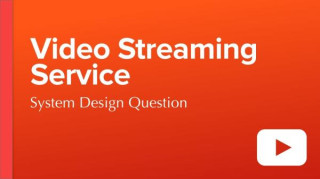Meta Interview - Designing a Video Streaming Serviceupdated at Nov 07, 2025 1,382 1,382 This post explores the key considerations and thought processes involved in designing a video streaming service, |
Beginner System Design Interview: Design Bitly w/ a Ex-Meta Staff Engineercreated at Apr 07, 2025 1,081 1,081 A step-by-step breakdown of everyones first system design interview question, |

